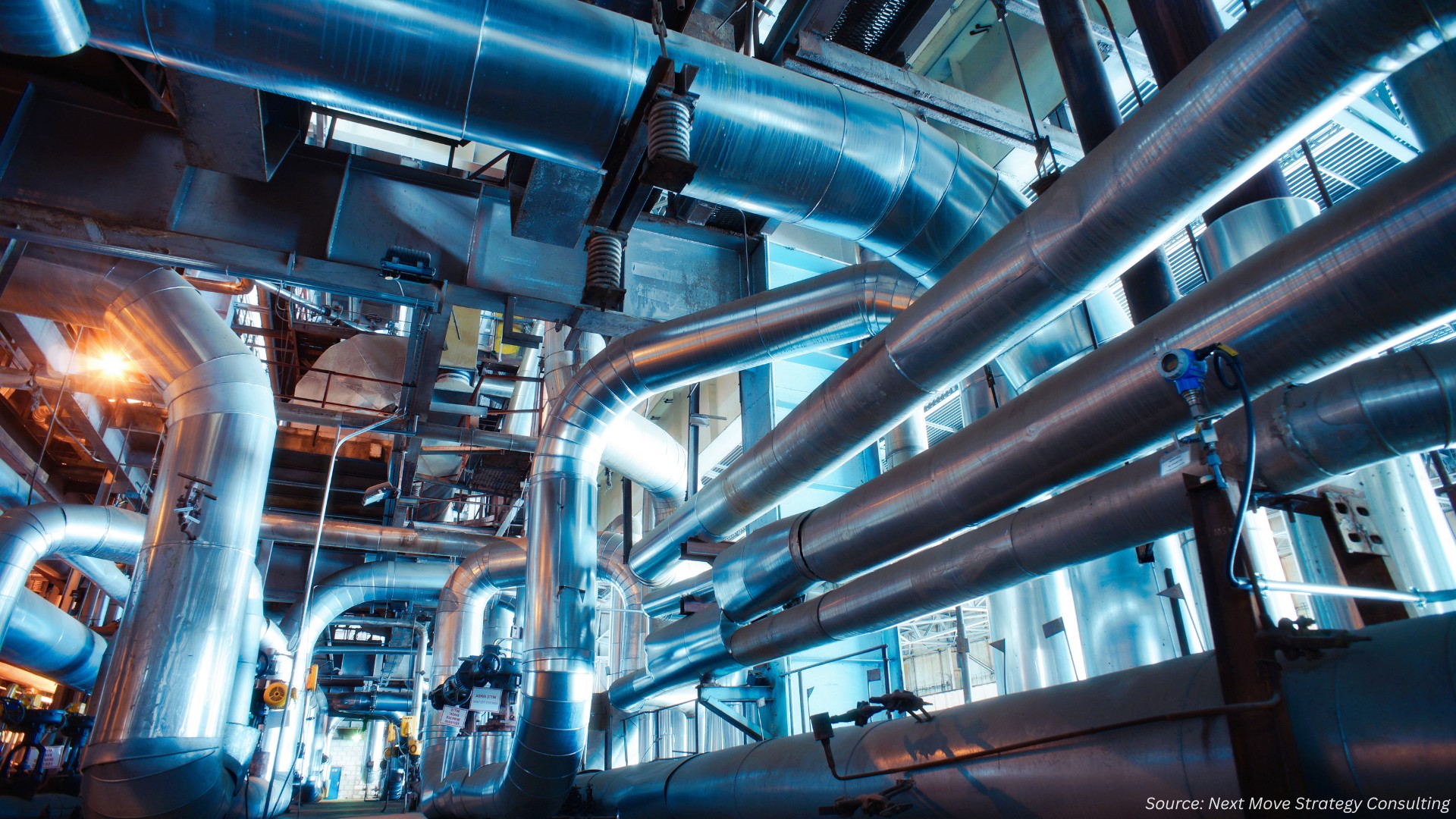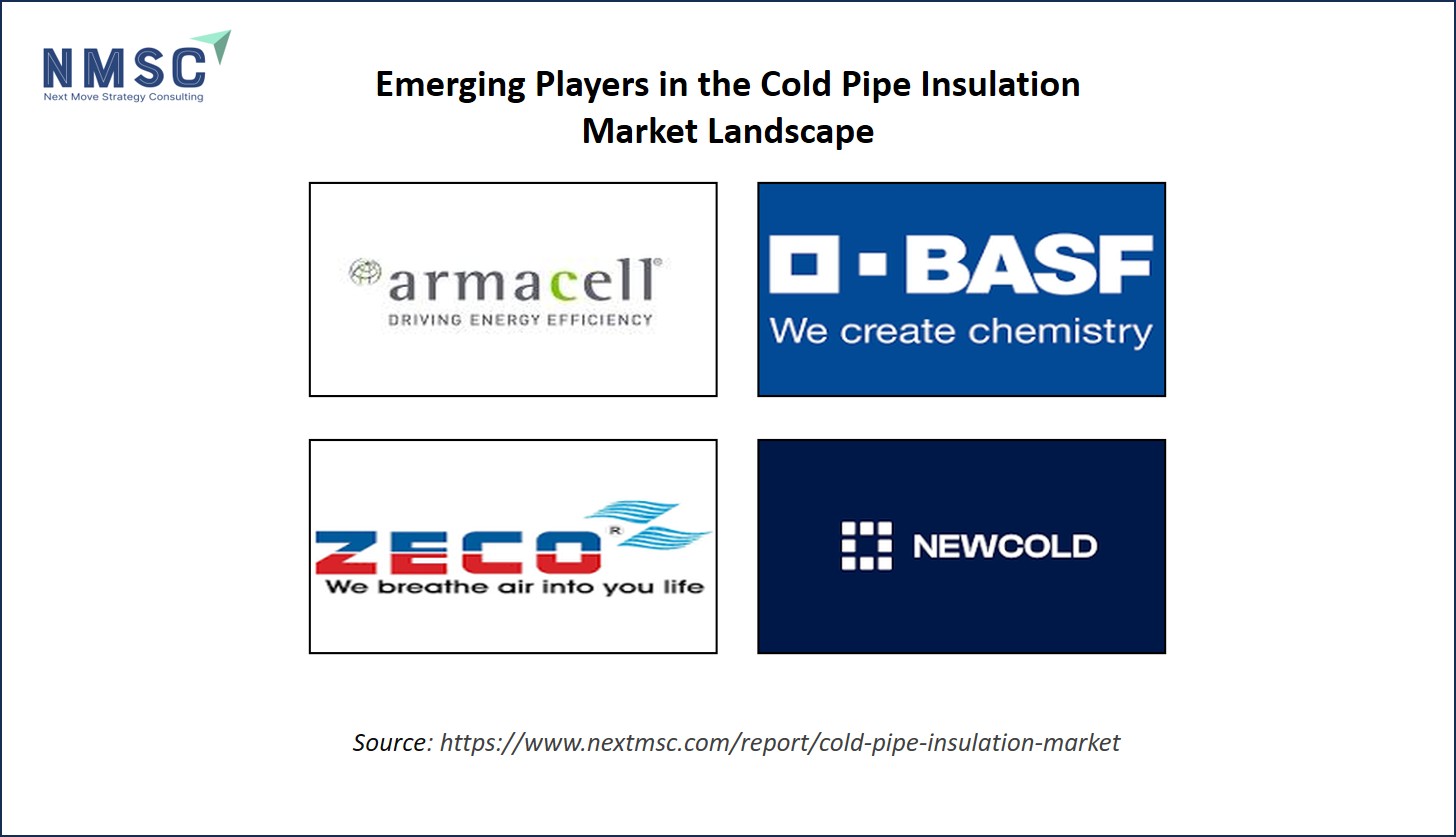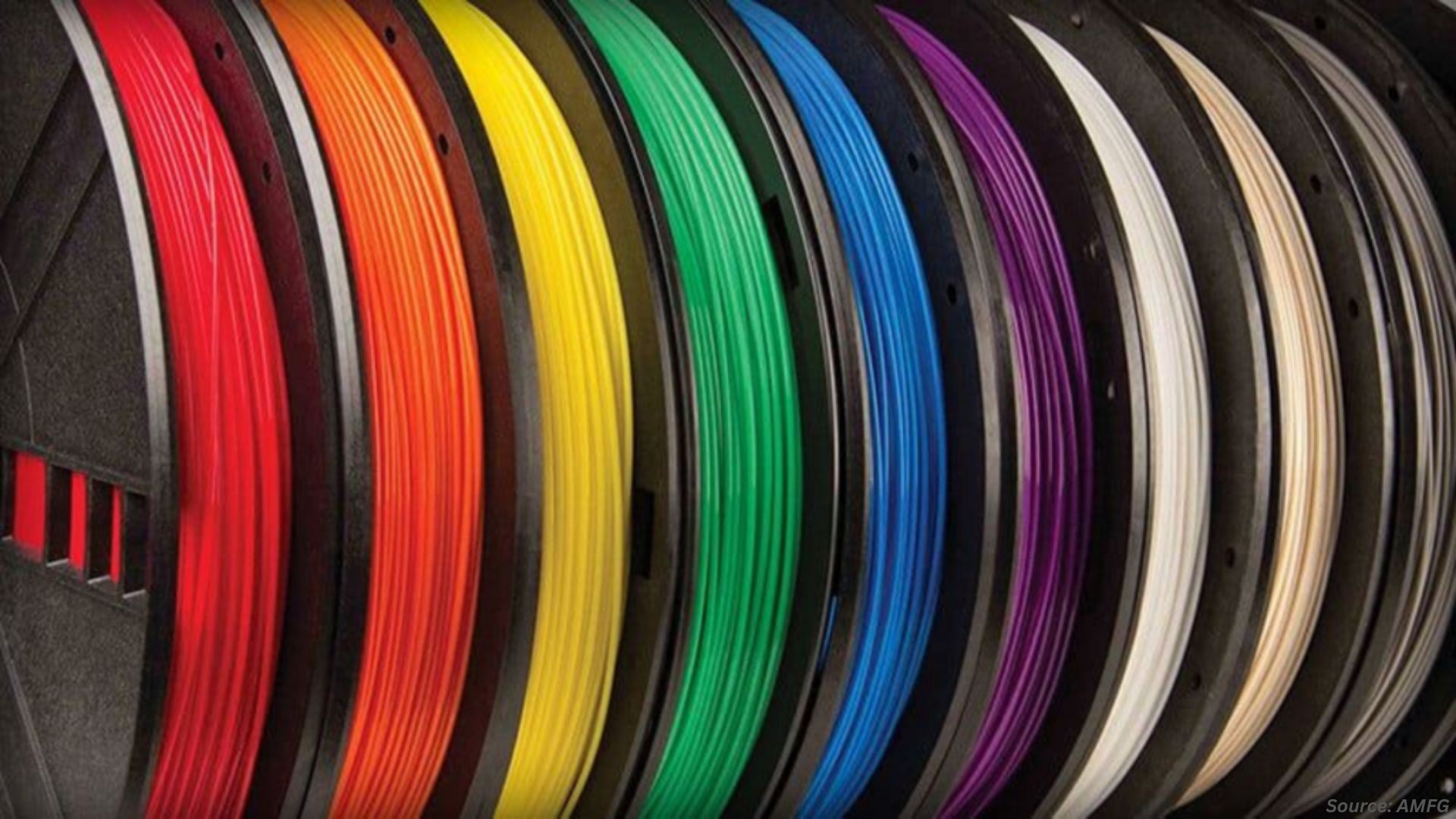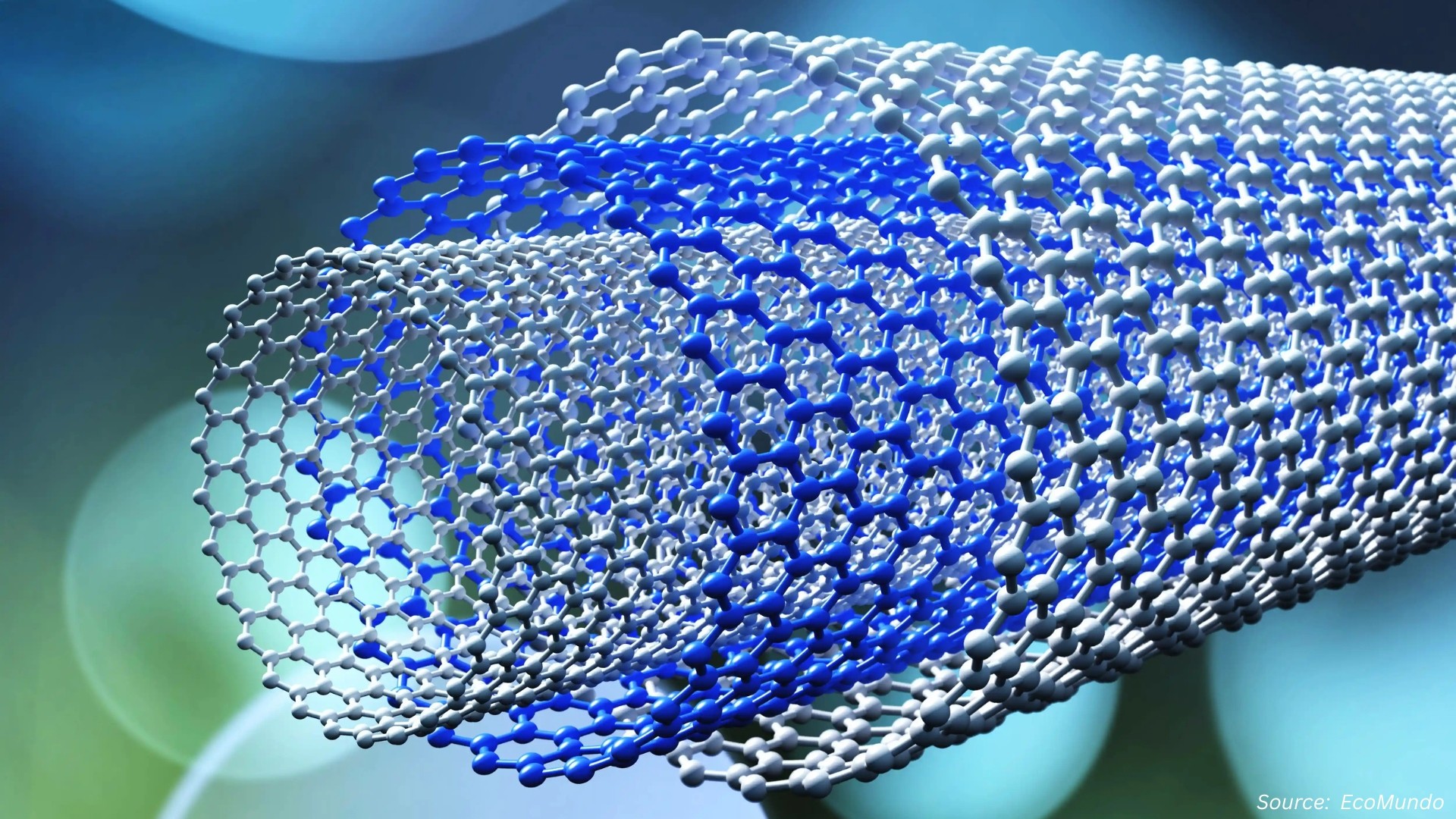What Are the Emerging Trends in the Cold Pipe Insulation Market for 2024–2025?
Published: 2025-09-10

The Cold Pipe Insulation Market is evolving rapidly, driven by technological advancements, regulatory pressures, and growing demand for energy efficiency. As industries like oil and gas, food processing, and renewable energy expand, the need for effective insulation solutions is surging.
This blog explores the key trends shaping the market in 2024–2025. Let us dive into what is changing and why it matters.
Why Is Sustainability Driving Cold Pipe Insulation Innovation?
Sustainability is no longer a buzzword—it is a core driver of the cold pipe insulation sector. Sustainability has become a priority in the construction sector. With growing concerns about climate change and the need to reduce carbon emissions, construction companies and developers are looking for solutions that promote energy efficiency and waste reduction. One of the most significant developments in this regard is the use of pre-insulated pipe systems, which not only optimise thermal performance, but also contribute significantly to the sustainability of projects.
Although pre-insulated piping systems may have a slightly higher initial cost compared to traditional piping, their long-term impact on energy efficiency makes them a very cost-effective investment. Savings in energy consumption, especially on large projects, translate into lower energy bills and a return on investment that can become evident in a short time.
In addition, pre-insulated pipes require less maintenance and have a longer service life, which means less expenditure associated with repairs or replacements. These operational cost savings should also be considered when assessing the economic impact of opting for more efficient and sustainable systems. Investing in sustainability is not only an ethical decision, but also a smart investment to ensure the long-term success and profitability of projects.
The push for eco-friendly insulation materials is reshaping product portfolios.
-
Eco-Friendly Materials: Manufacturers are developing recyclable and low bio-persistent materials, such as application of bio-based aerogels, to minimize environmental impact. These aerogels, which are derived from renewable resources such as biopolymers and biomass, have unique properties such as a lightweight structure, excellent thermal insulation, and biodegradability. For instance, Owens Corning announced several capital investments to grow capacity in Roofing and Insulation in the United States. 2024 marked a significant achievement in the company’s waste-to-landfill performance, with an 11 percent year-over-year reduction. Additionally, it reduced greenhouse gas emissions by 11 percent, moving us to a 43 percent reduction compared to previous baseline. This progress puts their 50 percent reduction goal by 2030 well within reach.
-
Regulatory Support: Governments are incentivizing green thermal management systems. For example, India has promised to reduce its carbon emissions by 80% by the year 2050 from 2005 levels, a reduction of 35% from those levels by 2030. Building energy efficiency has the highest potential for energy saving at the lowest cost. Furthermore, as part of their energy efficiency obligation schemes, EU countries are required to achieve an average annual energy savings rate of 1.49% from 2024 to 2030, up from the 2021-2023 requirement of 0.8%, driving energy savings in critical sectors like buildings, industry, and transport.
-
Renewable Energy Integration: The rise of renewable energy projects, especially district heating systems, are contributing to the development of renewable energy technologies, accelerating the transition towards a more sustainable energy system. Thanks to their efficient insulation, pre-insulated pipes minimise energy losses during fluid transport, which translates into lower resource consumption. Many of the materials used in the manufacture of pre-insulated pipes are recyclable and come from sustainable sources, reducing the environmental impact at the production stage. Long service life and reduced maintenance requirements make pre-insulated pipes a more sustainable option.
Sustainability is a key catalyst, with eco-friendly materials and regulatory support driving innovation. Companies are aligning with global energy goals to stay competitive.
How Are Advanced Materials Transforming Insulation Performance?
New materials like aerogels and nanomaterials are revolutionizing cold pipe insulation by offering superior thermal efficiency. These advancements are critical for industries requiring high-performance insulation, such as oil and gas and chemical processing.
Aerogels are among the most fascinating materials of the 21st century due to their exceptional properties, including high porosity, extremely low density, and large surface area. Traditionally, they have been used in specialized applications such as thermal insulation and even the capture of interstellar particles. In recent years, however, aerogels have found broader use through integration into composite materials. By combining nanomaterials with various matrix substances, researchers have developed lightweight, high-performance composite aerogels suitable for a wide range of applications, including lithium-ion batteries and tissue engineering.
-
Aerogels: Known for their high insulation capabilities, aerogels trap air efficiently, minimizing heat loss. Pyrogel® HPS is the most typical example of excellence when it comes to high temperature service (max. use temp. 650°C). This advanced insulation material delivers the ultimate thermal performance and represents the best value for your insulation needs. Another example could be BASF’s SLENTITE® which is the first high-performance, polyurethane-based aerogel insulation panel that needs only half the space to do the same job as conventional materials.
-
Nanomaterials: These offer enhanced durability and corrosion resistance. Nanotechnology has become a viable means of transforming tactics for mitigating corrosion and providing creative ways to counteract the damaging effects of corrosion. Nanotechnology makes it possible to create intelligent materials with self-healing properties, in which nanoparticles can automatically repair and regenerate the protective layer when they come into contact with corrosive threats.
-
Market Impact: The global cold pipe insulation market is predicted to reach USD 10.08 billion by 2030, with a CAGR of 6%, driven by introduction of new insulation technologies. For instance, Armacell, a global leader in flexible foam for the equipment insulation market and a leading provider of engineered foams, officially inaugurated its newest manufacturing facility in Pune, India, 11 June 2025. Armacell’s Pune facility now produces the latest aerogel blankets, ArmaGel XGH and ArmaGel XGC, for the global market. These products are part of the new ArmaGel XG range, which is based on the company’s in-house, breakthrough aerogel technology. Engineered to perform in extreme conditions, the range is designed to operate in temperatures from -196°C (-321°F) to +650°C (+1200°F). With this expansion, Armacell has doubled its aerogel blanket manufacturing capacity to meet the growing global demand.
What Role Does IoT and Digitization Play in Market Growth?
The integration of Internet of Things (IoT) and digitization is transforming how cold pipe insulation systems are designed, monitored, and maintained. These technologies improve efficiency and reduce operational costs.
-
IoT-Enabled Monitoring: Smart sensors embedded in insulation systems provide real-time data on temperature and energy loss. The core of smart insulation technology lies in embedded sensors that monitor various environmental parameters. These tiny devices can measure temperature, humidity, pressure, and even detect the presence of water. They are typically connected to a central system or cloud-based platform, where data is processed and analyzed. This connectivity allows for real-time alerts and insights, enabling timely interventions to prevent damage and optimize insulation performance. ZECO Air Engineering Solutions power up piping with precision. Its pre-insulated pipe maintains optimal thermal insulation and prevents heating and cooling losses. As a leading HVAC solution provider in India, it ensures reduction in operating costs and energy consumption.
-
Digitization in Manufacturing: Companies are using digital twins to optimize insulation design. By leveraging artificial intelligence algorithms, digital twins enable the simulation, analysis, and prediction of a building’s energy performance, providing in-depth insights into energy flows and potential sources of inefficiency. These capabilities pave the way for data-driven decision-making and energy optimization strategies that rely on real-time insights.
How Are Regional Dynamics Shaping Market Expansion?
The cold pipe insulation market is experiencing varied growth patterns across regions, influenced by industrialization, infrastructure development, and regulatory frameworks.
-
Asia-Pacific Growth: The Asia-Pacific region holds a significant share of the cold pipe insulation market, with a predicted value of USD 4.10 billion by 2030 and whopping CAGR of 7.1%. It is poised to maintain its dominance throughout the forecast period. This is attributed to several factors, including the robust growth of the oil and gas industries in this region. Global oil demand growth will rise by 1.9 million barrels a day (b/d) in 2024 with key markets in the Asia Pacific (APAC) region being the main driver, accounting for over 63% of the total.
-
North America’s Cold Chain Boom: The expansion of cold storage infrastructure is boosting demand. NewCold is one of the fastest growing advanced automated warehouse and cold chain logistics companies today. It delivers significant footprint, labor, and energy reductions to help customers save on warehousing costs, using our own proprietary, state-of-the-art technology – including automated storage and retrieval systems – to increase food safety, provide unparalleled supply chain traceability, and prioritize sustainability.
-
Europe’s Stringent Standards: Europe’s focus on energy efficiency and district heating systems is driving market growth. District heating systems play a vital role in this strategy, offering efficient heating solutions for urban areas, and optimizing their operation is a key focus of research. Demand for insulation in Europe is forecast to increase 3.1% per year to $23.7 billion in 2028. Germany gains in the industrial sector, being one of the world’s largest markets for industrial and plant equipment insulation.
Regional dynamics, from Asia-Pacific’s industrial boom to Europe’s regulatory push, are creating diverse opportunities for market expansion.
What Challenges Are Holding Back the Market?
Despite its growth, the cold pipe insulation market faces significant challenges, particularly high initial costs and supply chain disruptions.
-
High Installation Costs: The upfront cost of advanced insulation systems, such as aerogel-based solutions, can be prohibitive. Although nanoscale porosity provides unique features, silica aerogels are not widely used in everyday applications, mainly due to their intrinsic fragility, which makes handling and processing difficult. Expanding the application of such promising materials will require overcoming other intrinsic disadvantages such as dust release, hydrophilicity, volumetric shrinkage, long processing time, and, last but not least, the prohibitive cost of silica aerogels, which are 8–20 times more expensive than polyurethane foam.
-
Supply Chain Issues: U.S. tariffs on foam and mineral wool products in 2025 have increased costs, prompting manufacturers to localize production.
-
Skilled Labor Shortage: The complexity of installing advanced insulation systems requires skilled labor, which is scarce in emerging markets like Latin America. Latin America and the Caribbean are experiencing an unprecedented crisis in their labour markets. As a result of the COVID-19 pandemic, the sharp loss of employment, hours worked, and income reflects the significant effects that the reduction in the level of economic activity has had on labour dynamics.
High costs and supply chain challenges are hurdles, but strategic localization and training programs can mitigate these issues.
Next Steps: How Can Stakeholders Capitalize on These Trends?
To stay ahead in the cold pipe insulation market, stakeholders must act strategically. Here are actionable takeaways:
-
Invest in Sustainable Materials: Prioritize R&D in eco-friendly insulation like aerogels to align with regulatory and consumer demands.
-
Adopt IoT Technologies: Integrate smart sensors and digital twins to enhance system efficiency and reduce long-term costs.
-
Mitigate Cost Barriers: Offer financing options or modular insulation solutions to make advanced systems accessible to smaller businesses.
-
Localize Supply Chains: Shift to regional manufacturing to counter tariff-related cost increases and improve delivery times.
Conclusion:
The cold pipe insulation market is poised for growth, driven by sustainability, advanced materials, and digitization. By addressing challenges and leveraging regional opportunities, stakeholders can position themselves for success in 2024–2025.
About the Author
 Sneha Chakraborty is a seasoned SEO Executive and Content Writer with over 4 years of experience in the digital marketing space, bringing a strong command of online visibility strategies and a keen insight into the evolving digital landscape. She specializes in enhancing online visibility and user engagement through data-driven strategies and creative content solutions. Sneha is passionate about translating complex digital concepts into accessible content for a wide audience. Outside of work, she enjoys reading, sketching, and exploring the outdoors through nature photography.
Sneha Chakraborty is a seasoned SEO Executive and Content Writer with over 4 years of experience in the digital marketing space, bringing a strong command of online visibility strategies and a keen insight into the evolving digital landscape. She specializes in enhancing online visibility and user engagement through data-driven strategies and creative content solutions. Sneha is passionate about translating complex digital concepts into accessible content for a wide audience. Outside of work, she enjoys reading, sketching, and exploring the outdoors through nature photography.
About the Reviewer
 Sanyukta Deb is a seasoned Content Writer and Team Leader in Digital Marketing, known for her expertise in crafting online visibility strategies and navigating the dynamic digital landscape. With a flair for developing data-driven campaigns and producing compelling, audience-focused content, she helps brands elevate their presence and deepen user engagement. Beyond her professional endeavors, Sanyukta finds inspiration in creative projects and design pursuits.
Sanyukta Deb is a seasoned Content Writer and Team Leader in Digital Marketing, known for her expertise in crafting online visibility strategies and navigating the dynamic digital landscape. With a flair for developing data-driven campaigns and producing compelling, audience-focused content, she helps brands elevate their presence and deepen user engagement. Beyond her professional endeavors, Sanyukta finds inspiration in creative projects and design pursuits.

















Add Comment